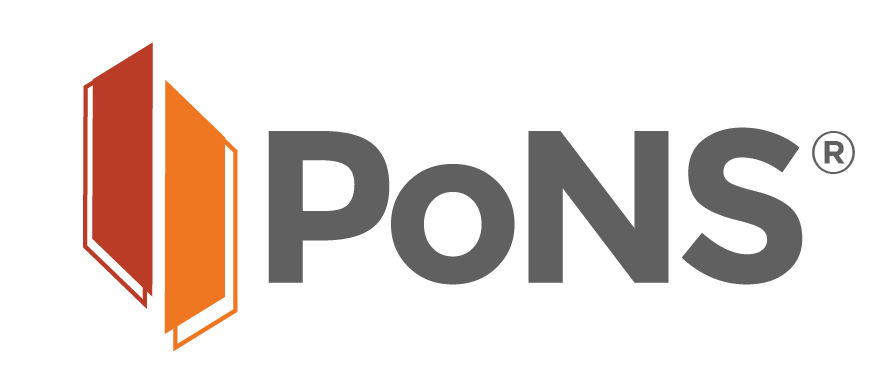How PoNS® Works
Did you know that your tongue has nerves that connect to your brainstem?
Targeted sensory nerve endings on the tongue are stimulated by PoNS when it is placed correctly in the mouth. The PoNS non-surgical device uses electrical stimulation through the tongue to activate new pathways to the brain.
When used together with physical rehabilitation exercise, PoNS improves gait in people with mild to moderate MS symptoms.1-3
Individual results and experiences may vary.
- TONGUE STIMULATION
When the PoNS is on, the electrodes on the mouthpiece send mild electrical impulses through the tongue, which stimulates two cranial nerves connected to the tongue. This process is called translingual neurostimulation or TLNS. - CRANIAL NERVES
The electrical stimulation of these cranial nerves creates a flow of neural impulses that are delivered directly into the brainstem and cerebellum—the body’s movement control center. - BRAINSTEM
From the brainstem, these impulses travel throughout the brain and activate neurons and structures involved in human function. - NEUROPLASTICITY
Over 14 weeks of therapy, the PoNS along with physical rehabilitation exercises, initiates a cascade of changes in multiple brain regions. Consistent application of PoNS Therapy provides a sustained neuromodulatory effect resulting in neuroplastic changes.
REFERENCES
- Tyler ME, Kaczmarek KA, Rust KL, Subbotin AM, Skinner KL, Danilov YP. Non-invasive neuromodulation to improve gait in chronic multiple sclerosis: a randomized double blind controlled pilot trial. J Neuroeng Rehabil. 2014;11:79.
- Leonard G, Lapierre Y, Chen J-K, Wardini R, Crane J, Ptito A. Noninvasive tongue stimulation combined with intensive cognitive and physical rehabilitation induces neuroplastic changes in patients with multiple sclerosis: a multimodal neuroimaging study. Mult Scler J Exp Transl Clin. 2017;3(1):2055217317690561.
- Helius Medical, Inc a Portable Neuromodulation Stimulator (PoNS) Real-World Evidence Study August 2, 2020.
